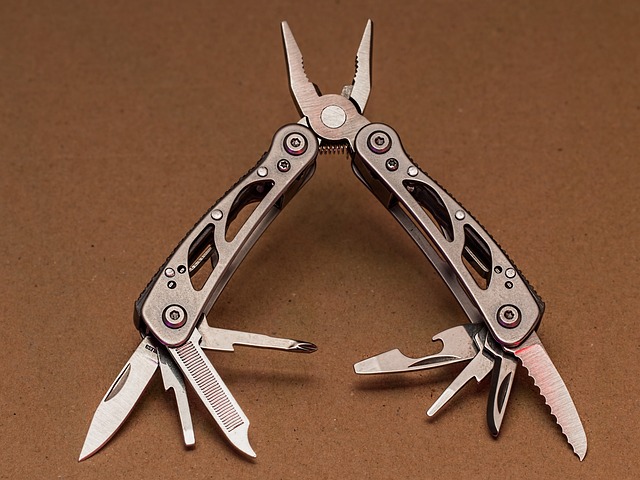When night falls and the elements challenge your search for shelter, a reliable flashlight becomes an indispensable tool for any hunter or survivalist. This article delves into the critical features of high-quality flashlights designed specifically for hunting and survival situations. From the nuances of light types to the importance of durability and portability in a wilderness setting, we explore what makes certain flashlights stand out. Additionally, we examine the best battery types for unpredictable conditions and provide practical strategies for using your flashlight effectively to locate safe shelter in dark environments. For those who venture into the unknown, maintaining your flashlight is key to its longevity; we offer maintenance tips and best practices ensuring your light remains a steadfast ally when you need it most. Understanding these aspects will empower you with the knowledge needed to select and maintain the perfect flashlight for your next adventure.
- Essential Features of High-Quality Flashlights for Hunting and Survival
- Understanding Light Types and Outputs for Optimal Shelter Discovery
- The Importance of Durability and Portability in a Wilderness Flashlight
- Strategies for Using Flashlights to Locate Safe Shelter in Dark Environments
- Selecting the Best Battery Type for Your Flashlight in Unpredictable Conditions
- Maintenance Tips and Best Practices for Long-Term Reliability of Hunting and Survival Flashlights
Essential Features of High-Quality Flashlights for Hunting and Survival
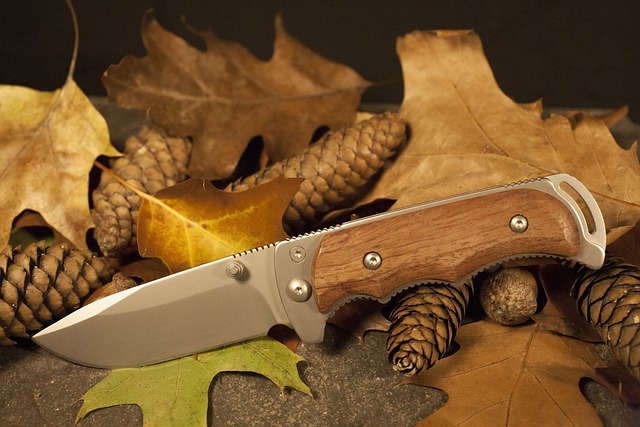
High-quality flashlights are indispensable tools for hunters and survivalists, offering a critical source of light in unpredictable environments. When selecting a flashlight for hunting and survival situations, durability is paramount. A robust construction can withstand the rigors of outdoor activities, ensuring the light remains operational when it’s most needed. Look for flashlights made from aircraft-grade aluminum or other high-strength materials that are resistant to shock and impact.
In terms of illumination, the best flashlights for hunting and survival feature a combination of brightness levels and beam types. A high-lumen output is essential for lighting up large areas or signaling for help, while a focused beam can be crucial for tasks that require precision, such as reading a map or inspecting game. Additionally, a variety of light modes—including high, medium, low, and strobe settings—provide versatility and energy efficiency. Features like impact resistance, waterproofing to a certain depth, and a reliable battery system with multiple power sources (like rechargeable batteries and disposable options) enhance the reliability of these lights in challenging conditions. A user-friendly interface for toggling between light modes allows for quick adjustments to suit the changing demands of each situation.
Understanding Light Types and Outputs for Optimal Shelter Discovery
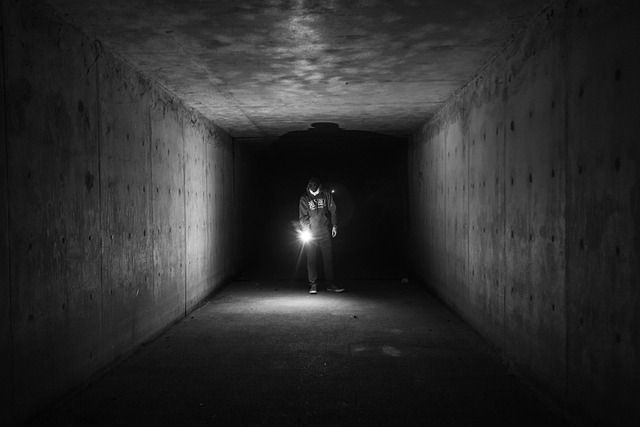
When venturing into the wilderness or finding oneself in a survival situation, having a reliable flashlight is paramount for locating shelter. Understanding the light types and outputs your flashlight produces can significantly enhance this process. Flashlights designed for hunting and survival situations are engineered to provide bright, focused beams that penetrate dark environments effectively. The two primary light types—high-intensity discharge (HID) and light-emitting diode (LED)—offer distinct advantages. LED flashlights, particularly those with advanced LED technologies like Cree or Luxeon, are preferred for their longevity, efficiency, and versatility in output settings. They can range from a dim light for preserving night vision to a powerful beam that can illuminate large areas, which is crucial when assessing potential shelters. On the other hand, HID flashlights, such as those with xenon or metal halide bulbs, provide intense light with exceptional color rendering, allowing users to discern subtle details and textures in their surroundings. For hunting and survival purposes, it’s beneficial to have a flashlight that offers both a floodlight for extensive area coverage and a spotlight for long-range visibility. Considering the environment and the specific conditions you may face will help you determine the best type of flashlight for your needs. A high-quality flashlight with variable outputs can be invaluable, offering a balance between power and conserving battery life when lower lumens are sufficient. In summary, understanding the different light types and outputs of your flashlight is essential for effectively finding shelter during hunting or survival situations. The right flashlight not only ensures safety but also allows you to make informed decisions regarding your immediate environment.
The Importance of Durability and Portability in a Wilderness Flashlight
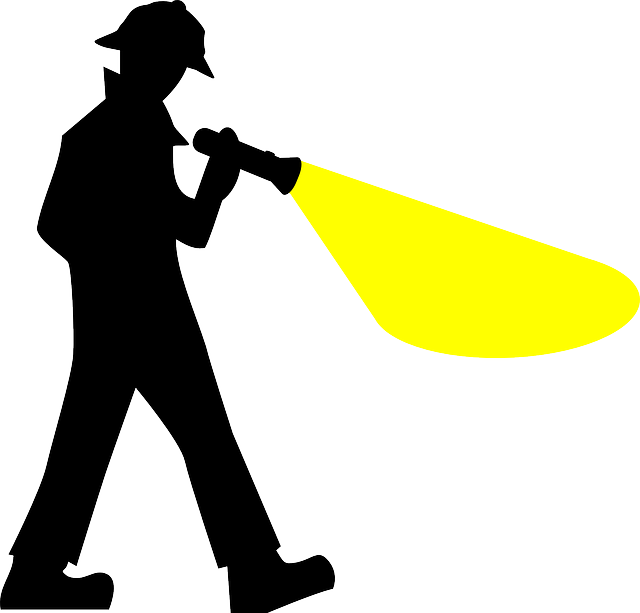
Strategies for Using Flashlights to Locate Safe Shelter in Dark Environments

In dark environments, a reliable flashlight becomes an indispensable tool for anyone in hunting or survival situations, particularly when seeking safe shelter. The first strategy for using flashlights effectively in such scenarios is to conserve battery life. A dimmer setting can often illuminate enough of the area without draining power quickly. When venturing into unfamiliar terrain, scan the surroundings with a wide-angle beam to locate man-made structures or natural overhangs that can offer protection from the elements. Flashlights for hunting and survival situations are designed with durability in mind, ensuring they can endure rough handling when navigating through dense foliage or rocky terrains. Additionally, their high-intensity focus allows users to beam light further afield to spot potential shelters that might be too distant to discern with a lower lumen output. When a structure is identified, use the flashlight to inspect it thoroughly, checking for stability and potential hazards within. Always remember that safety is paramount; an intact, dry, and secure shelter can significantly improve your chances of survival until help arrives or you can continue on your journey.
Once a safe haven is located, assess its interior with the same diligence. Flashlights designed for hunting and survival are often compact, allowing easy manipulation within cramped spaces. Their robust construction can also protect against accidental drops or bumps when setting up inside your shelter. The adjustable beam on these flashlights is particularly useful for focusing a tight beam to signal for help or to inspect objects closely without wasting battery power. It’s crucial to use the flashlight not only to find shelter but also to ensure that the interior of that shelter is secure and suitable for spending time in, whether it’s for rest or until you can resume your activities under safer conditions. Flashlights for hunting and survival situations are versatile tools that serve as more than just a light source; they are integral to maintaining situational awareness and enhancing safety in the darkest of environments.
Selecting the Best Battery Type for Your Flashlight in Unpredictable Conditions
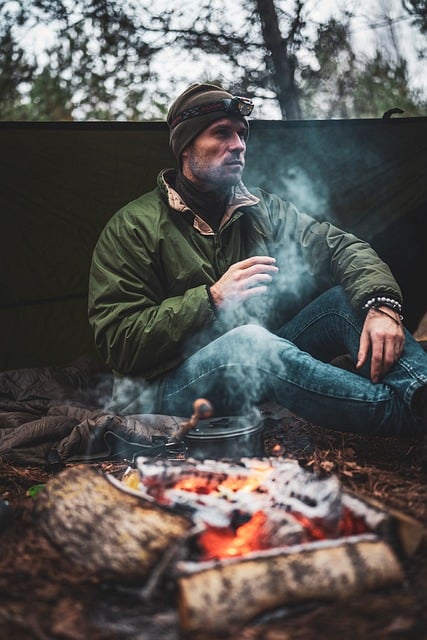
Maintenance Tips and Best Practices for Long-Term Reliability of Hunting and Survival Flashlights

When venturing into the wilderness for hunting or survival situations, the dependability of your flashlight is paramount. To ensure long-term reliability and optimal performance from your hunting and survival flashlights, adhere to these maintenance tips. Regularly inspect the flashlight for signs of wear, especially on the battery contacts, lens, and casing. Dirt, moisture, or physical damage can impair its effectiveness. Clean the lens using a soft cloth to remove smudges or grime that could refract light and reduce visibility. For the bezel, use a toothbrush dipped in warm, soapy water to dislodge debris, then dry thoroughly.
Maintaining the battery compartment is critical. Replace batteries regularly as specified by the manufacturer, especially after prolonged use or when batteries show signs of diminished hold. Use high-quality batteries suited for low temperatures if you’re operating in cold environments to prevent unexpected failures. Store spare batteries in a cool, dry place and handle them with clean, dry hands to avoid corrosion. Additionally, familiarize yourself with the different lighting modes your flashlight offers, as this can extend battery life when used judiciously. Securely fasten all components after opening the battery compartment to prevent accidental disassembly during transport or use. By following these best practices, you can trust your hunting and survival flashlight to provide reliable illumination when you need it most.

